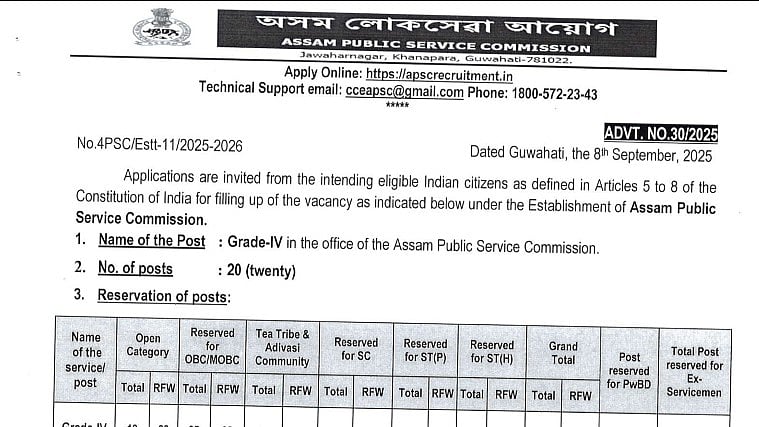The University Grants Commission (UGC) released the National Credit Framework (NCrF) on Monday- a meta-framework that seeks to seamlessly integrate the credits earned through school education, college (higher) education, and vocational and skill training.
UGC chairman in an interview said that NCrF is a broad enabling framework for all regulatory organizations and all universities, including institutions of national importance.
He further emphasized, "It is a meta-framework to seamlessly integrate the credits earned through school education, higher education, and vocational and skill education."
UGC chairman, M. Jagadesh Kumar in an interview to the News agency IANS said, This meta-framework consists of three verticals:
National School Education Qualification Framework (NSEQF)
National Higher Education Qualification Framework (NHEQF)
National Skills Qualification Framework (NSQF)
He told the IANS that the New Education Policy (NEP), 2020 emphasizes on the integration of general academic education and vocational and skill education, providing seamless horizontal and vertical mobility between the two streams for lifelong learning. NCF provides this mechanism while ensuring equivalence within and between these two education streams.
On asking about credit system and how one can earn it. he replied, "Credit is the recognition that a learner has completed a prior course of learning, corresponding to a qualification at a given level. Simply put, one credit corresponds to 30 notional learning hours in a year of two semesters. Every semester a student is required to earn a minimum of 20 credits. A student earns 40 credits in one year corresponding to 1200 notional learning hours. But students can also earn more than 40 credits in a year."
He further explains that the credit assignment is a function of the total hours of learning put in by a student in a year versus the full credits available in a year. The learning hours, irrespective of the mode of learning (offline, online, or blended), shall continue to follow the broad principles specified in NCrF. This will enhance the extensive use of technology in education.
Levels of school education, higher education, and vocational and skill education
On answering about levels of school education, he says, "The entire school education for the first time in India has level assignments. School education is assigned Level 0 to Level 4. when a student completes Class V, the student is placed at level 1. After completing middle school (Class VI to VIII), the student reaches level 2. Completion of high school (Class IX and X) corresponds to level 3, and Senior Secondary School (Class XI and XII) corresponds to level 4. The credits earned by a student during his entire schooling will be 160 credits."
"Higher education levels start from Level 4.5 and end at Level 8. A three-year bachelor's degree will have levels 4.5, 5, and 5.5 corresponding to the first year, second year, and third year. Every year, a student has to earn 40 credits to move to the next level, and by the end of a three-year bachelor's degree, the student will have earned 120 credits. Level 6 corresponds to a 4-year bachelor's degree, Level 6.5 corresponds to a two-year Master's degree for those with a three-year bachelor's degree, and Level 7 corresponds to a two-year Master's degree for those with a four-year undergraduate engineering degree and Ph.D. degree is at level 8. When a student completes a Ph.D., the earned credits would be 8x40 = 320," added the UGC chief.
Opportunity for creditization
He also mentions that NCrF provides the opportunity for creditization and progression pathways for other learnings not credited earlier for awarding a certificate, diploma, and degree for encouraging lifelong learning.
Credits earned in one stream can be used while joining another stream
He explained the news agency that for example, an ITI pass out (2 years after 10th) along with an additional language course from NIOS attains equivalence of Class 12th certificate along with ITI-National Trade Certificate, which will enable the student to join a University like any other 12th pass student.
Similarly, A 5th-grade student with total accumulated credit points of 200 over the years and undertaking a particular bridge course is eligible to appear for the 8th class examination. Once the student clears it, he will be in grade 8th pass and can continue with 9th grade onwards through mainstream education.












